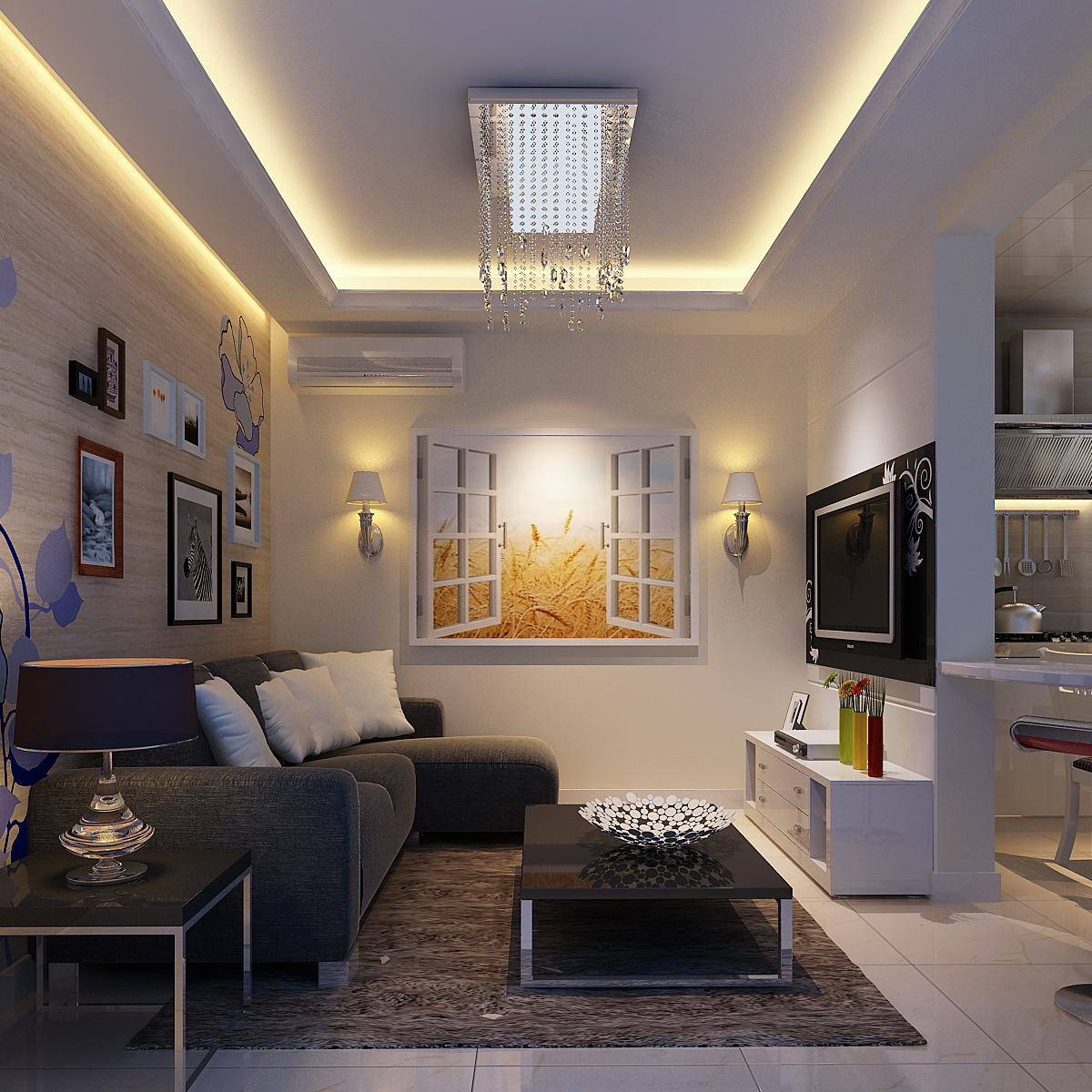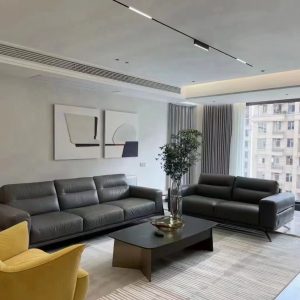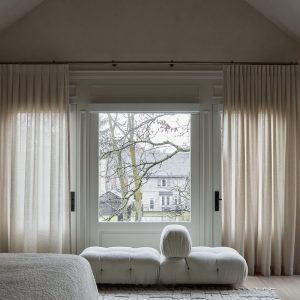Dark and mysterious, black light has always been associated with a certain kind of magic. When used in interior design, it can create an otherworldly atmosphere that is both alluring and haunting. In recent years, the trend of using black light in kitchen design has gained popularity, giving rise to the phenomenon known as “black light kitchen.”
The Basics of Black Light
Black light is a type of ultraviolet light that is not visible to the naked eye. It is sometimes referred to as “UV-A” light, and it exists alongside other types of UV radiation, such as UV-B and UV-C. One characteristic of black light is that it causes certain materials to glow in the dark, leading to a popular party effect in which clothes, posters, and other objects appear to glow neon colors under black light.
In interior design, black light is typically used to create a certain mood, such as a chilled-out lounge vibe or a spooky Halloween atmosphere. It is often paired with other elements, such as neon colors, glowing paint, or glittery surfaces, to enhance its impact.
Why Black Light in the Kitchen?
While black light might seem like an odd choice for a kitchen design, there are actually several compelling reasons to incorporate it:
1. It adds drama.
Kitchen designs can sometimes be too bland or predictable, relying on basic color schemes and traditional materials. By introducing black light, you can instantly create a sense of mystery and intrigue, making your kitchen feel like a more exciting place to be.
2. It highlights unique features.
If you have certain elements in your kitchen that you’re particularly proud of – such as eye-catching countertops, bold cabinets, or striking artwork – black light can bring them to life in a whole new way. Because black light casts shadows differently than regular light, it can create interesting contrasts and highlights that show off your kitchen’s best assets.
3. It’s versatile.
Black light can be used in many different ways, depending on your desired effect. You might opt for a subdued look with just a few hints of glowing paint, or you might go all out with neon signs, LED strips, and glow-in-the-dark appliances. There are endless possibilities for how to incorporate black light into your kitchen design, which makes it a fun and exciting element to work with.
Design Ideas for Black Light Kitchens
So, how can you create a stunning black light kitchen that will make your guests gasp in awe? Here are some ideas to get you started:
1. Use neon colors sparingly.
While neon colors can look amazing under black light, it’s important not to go overboard. Too much neon can be overwhelming, taking away from the overall effect of the black light. Instead, use neon colors sparingly as accents, such as on the edges of cabinets or along the base of the kitchen island.
2. Incorporate reflective surfaces.
Black light looks best when there are plenty of reflective surfaces around to catch the glow. Consider using metallic finishes on your appliances or cabinets, or installing a reflective backsplash made of glass or mirrored tiles.
3. Experiment with glow-in-the-dark elements.
Glow-in-the-dark paint, stickers, and other materials can add an element of surprise to your black light kitchen. Try painting a portion of your cabinets or walls with glow-in-the-dark paint, or adding a few glowing stickers to your refrigerator or stove.
4. Showcase unique objects
If you have any objects in your kitchen that are intriguing or unusual, consider highlighting them with black light. For example, you might display a collection of colorful glass bottles, or hang a set of neon art pieces on the wall.
Black light might not be the first thing that comes to mind when you think about kitchen design, but it can truly transform your space into something magical and unforgettable. By incorporating black light in the right way – with just the right amount of neon, reflective surfaces, and glowing elements – you can create a kitchen that is both enchanting and practical. Give it a try and see what kind of spell you can cast with black light!



